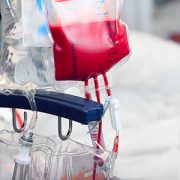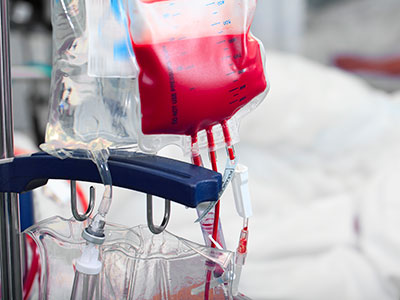Hydroxyurea initiation improves spirometry results in children with sickle cell anemia

Hydroxyurea therapy may help preserve lung function over time in children with sickle cell anemia.
Children’s National researchers participated in a recent study suggesting that the use of hydroxyurea (HU) therapy in children with sickle cell anemia (SCA) may help preserve lung function over time.
Sickle cell disease is associated with various pulmonary complications, including reactive airways, acute chest syndrome (ACS), pulmonary fibrosis and pulmonary arterial hypertension, which can lead to increased morbidity and mortality. Lung function tends to decline over time in individuals with SCA, and a more irreversible restrictive pathology develops with age and increasing respiratory complications.
Hydroxyurea is a disease-modifying therapy that has been shown to lower the rates of several complications of SCD, such as ACS and painful vaso-occlusive crises. It also might help lessen the severity of airway hyperreactivity in children.
This study provides evidence that hydroxyurea therapy may have a positive impact on pulmonary function in children with SCA, which could be of interest to doctors treating this patient population. By slowing the decline in lung function, hydroxyurea therapy may help reduce the risk of pulmonary complications and improve the overall health outcomes of children with SCA.
You can read the full study, Spirometric Changes After Initiation of Hydroxyurea in Children With Sickle Cell Anemia, in the Journal of Pediatric Hematology/Oncology.
Authors on the study from Children’s National Hospital include Dinesh Pillai, M.D., Deepika Darbari, M.D., and Anastassios Koumbourlis, M.D., M.P.H.





